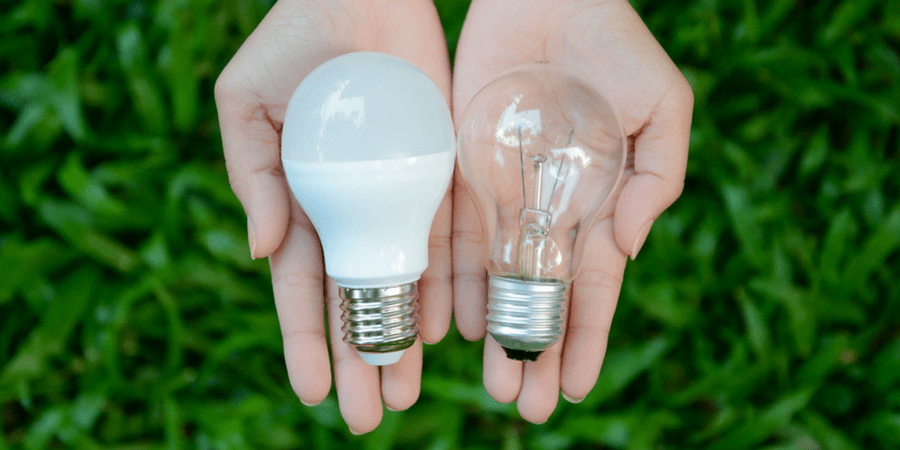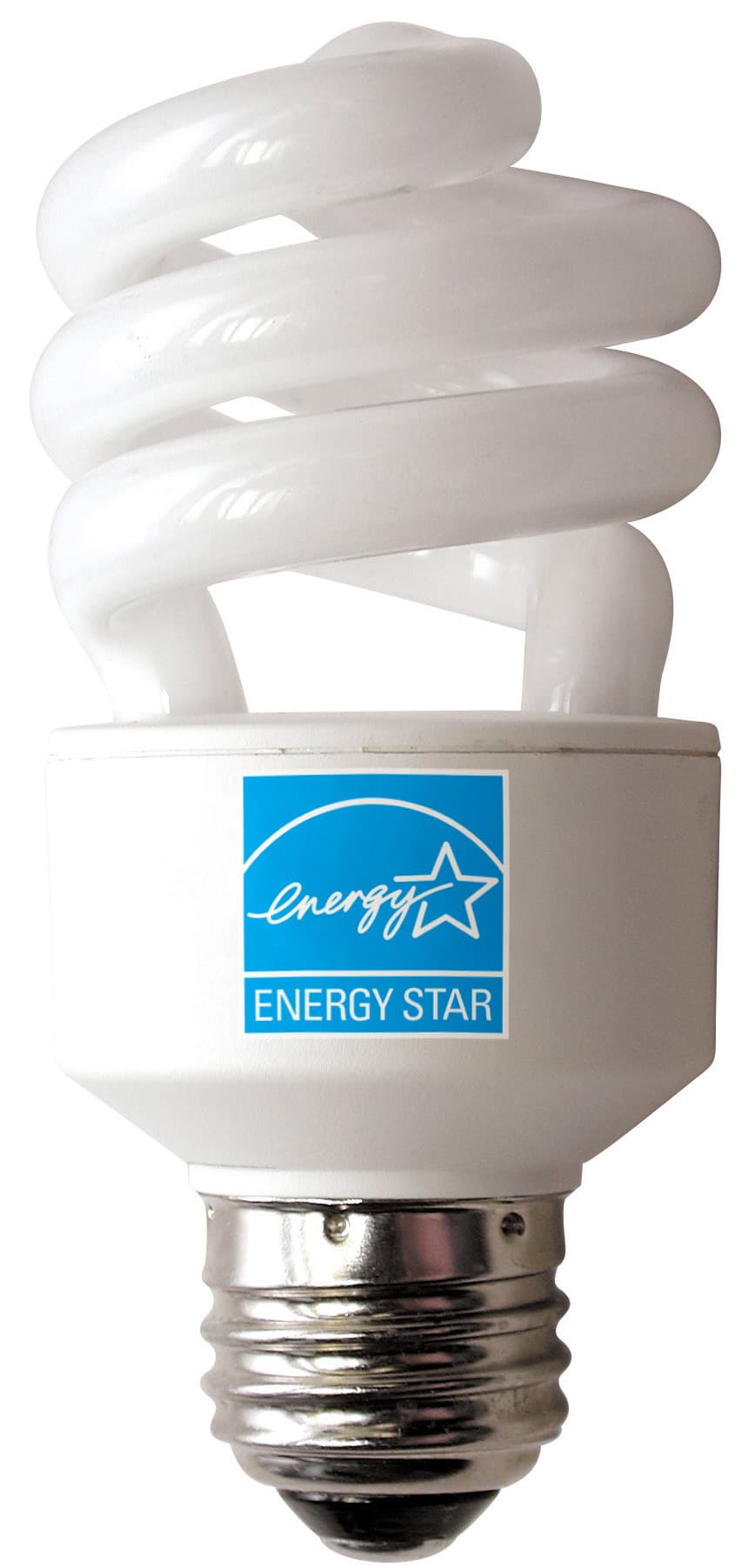Myths about LED Lighting and LED Light Bulbs
Published May 2020
Updated May 2020

Don’t let LED lighting myths keep you from making the switch.
If you have recently looked into a lighting upgrade there’s a good chance you have heard about LEDs. They are now the standard in lighting technology and are a viable option for almost any application, in any climate. Here we explore some of the LED lighting myths you’ve heard about and discover the truth about this lighting option.
Myth 1 – “LED’s Sound Good, But They are Too Expensive”
LED Lighting Myths Debunked
The many pros of LED lighting are often overshadowed by a single myth; LEDs are expensive!
Simply put, an LED bulb can cost a few dollars. Earlier models were very expensive. LEDs have been around for many years now and they are readily available at all price points. It can be hard to justify retrofitting to LEDs when you still believe this myth that LEDs are too expensive. With improvements in manufacturing, increased market saturation and rapid-development of LED technology, the benefits of an LED upgrade supersede all alternatives.
Details
- The Light Emitting Diode (LED) itself is the most efficient lighting technology yet.
- LEDs effectively emit light in specific directions instead of scattering it to all spaces, reducing light pollution.
- Incandescent lamps waste up to 90% of their energy as heat. LEDs waste very little energy.
- In certain conditions a single bulb can last over 20 years. This cuts labor hours of maintenance, costs of replacement bulbs, and of course the savings on the utility bill over that time will make up for the initial cost.
Solution
This LED lighting myth is easily avoided with smart planning. Many utility companies offer rebates as an incentive to upgrade to LEDs. Visit www.dsireusa.org and see if your energy provider is currently offering rebates on LEDs. There are other incentives offered for commercial properties who are upgrading to LED fixtures as well. Rebates for well designed projects that save a lot of energy can add up quickly and take thousands of dollars off the cost of a light retrofit project. Ask your lighting professional if project or equipment rebates for lighting are available in your area.
Summary
LED technology is not expensive; shopping smart & looking for rebates means savings keep stacking up over time. Our LED retrofit team is specifically trained to find the best rebates available in your area, for your utility provider. Ask our lighting team your questions for free here: (They can help with all of your LED lighting myth questions!)
Myth 2: “An LED is an LED is an LED…”
LED Lighting Myths Debunked
As LEDs have become the new standard for energy efficient lighting, there are more and more options when it comes to choosing a brand or product that works for you. Some customers think, “It does the same job so brand doesn’t matter.” Price and convenience should not be deciding factors when choosing LEDs. Do your research. A lighting upgrade is an investment. What you spend on quality LED fixtures will come back to you in the long run. If you would buy another product that will last up to 20 years, would you really choose the cheapest available option?
Details
Many consumers make the mistake of assuming residential and commercial grade LEDs bulbs are the same. They are not! You may recognize the lighting brands when shopping residential LEDs at big box retailers like Home Depot or Walmart, but these are not the same products as commercial grade. There is a big difference on the inside of these LEDs, specifically the drivers, LED modules, heat sinks and more. Read more about “Residential vs. Commercial Grade LEDs.”

It is important to understand the product certifications on your LEDs. You may notice the Energy Star or DLC logos on consumer products. Understanding what each of these certifications means ensures you are looking at a quality product. Read more about “Understanding Energy-Efficient Product Certifications.”
Solution
Buy from a reputable company that offers guarantees with their product. A market saturated with LED options means there are huge differences in quality of product. How can you tell the difference? You need to have research, testing and data analysis available to compare products. This is not information that is published by manufacturers. This information is available to industry experts that are not tied to or rewarded for selling specific brands. If you need help comparing products, you can get an unbiased opinion from our lighting team. We recommend the product that is best fit for your scenario and are not tied to vendors or manufacturing reps.
Summary
Upgrading to a cheap LED can sometimes be a step backward. The household names in lighting are leading the way in LEDs. Recognizable brands invest in the research, manufacturing, and testing to ensure you receive the highest quality product. Also, as you can see, their manufacturing capacity allows them to offer quality products at lower prices. Not all companies can offer the credentials, warranties, and most bang-for-your-buck of a national brand. This LED lighting myth is easily cleared up with a bit of research and by working with a reputable lighting & design company.
Myth 3: “I’ve Heard They Last Forever”
LED Lighting Myths Debunked
Another common myth with LED lighting is that they last forever. This is technically not the case.
Details
Unless an actual component in the LED fails, they will provide light “forever.” While LEDs do not burn out like fluorescent lamps and other bulbs they will, however, degrade and dim over time. The diode itself will begin to emit less and less light as the years pass. Still, LED lamps can last over 25,000 hours. This is over 20 times longer than an incandescent bulb and 5 times longer than most Compact Fluorescent Lamps (CFL).
Solution
Protect your LED Investment. Tips for maximum life:
- Do Not Overheat – The diodes and components of an LED bulb are very hot. As you have probably noticed, LED bulbs are covered with heat sinks to displace this heat. Never put LEDs in fully enclosed fixtures or warmer areas. Overheating is the most common reason for LED failure and the most preventable.
- Use LED compatible dimmers – Not all dimmers are universal. Avoid headaches and early failures by using the correct dimmers. Ask your supplier which dimmers work with your LED product.
- Choose the Proper Application – LEDs are so customizable that there are specialty bulbs and fixtures for almost every application. Know if your LED bulb will perform in your current climate, environment, or space beforehand.
- Start with a Lighting Study – A Lighting Energy Study is a full assessment of your current lighting system. Problem areas are identified and LED lights, controls and other options are discussed. The study identifies ways to save significant energy, costs and maintenance. The study includes detailed analysis and reporting.
Summary
While LED technology has an amazing long life, it does need to be mindfully employed to give you the benefits it offers. This LED lighting myth is simply not true, and it comes down to product quality and proper application. Be sure to use the correct lighting product for your application, whether it be an elevator, bathroom, parking lot or factory. The best solution is the one designed to do the job, specific to your needs.
Myth 4 – “I Don’t Like CFLs so I Won’t Like LEDs”
LED Lighting Myths Debunked
It wasn’t too long ago that Compact Fluorescent Lamps were the next best thing for lighting. While they are much more efficient than incandescent bulbs, some attributes of CFLs were not universally liked.
Details
Here we examine some common complaints about CFLs and see what LEDs have done differently:
- I hate the color of bulbs that aren’t incandescent. Old habits die hard. We have been using incandescent bulbs for almost 100 years. Most customers are accustomed to that color of light and are not fond of the ‘white light’ of CFLs. LEDs allow us to correct this by manipulating the color of each diode in order to match the light of an incandescent. To get the type of light you want, be sure to reference the Color Temperature, measured in degrees Kelvin, of the product before you buy it. A lower number, like 2700K is closer to incandescent than the brighter, bluer color temperature of 5000K.
- CFL’s have hazardous mercury in them. Like linear fluorescent lamps, CFLs also contain small amounts of mercury. There is no exposure risk with LEDs because they do not contain mercury or other hazardous materials. Click HERE if you need to dispose of any hazardous materials, such as mercury-containing lamps (bulbs).
- They don’t get bright enough in the cold weather and it seems like they take a long time to warm up when I turn them on. CFLs are extremely sensitive to climate. They are not ideal for the elements or changes in temperature. LEDs light up instantly and performance is rarely limited by climate.
- CFLs always burn out quickly, especially in my fan – LEDs are more durable, last longer, and are not affected by vibrations or movement.
Solution
The common complaints about CFL technology and CFL products have been corrected in newer LED products. A quick read of “How Energy-Efficient Light Bulbs Compare with Traditional Incandescents” (Energy.gov) illustrates exactly how they compare. Simply put LED light bulbs last longer, are more durable, and offer better light quality than other types of lighting.
Summary
Don’t assume you will not like LED bulbs based on your past experience with CFLs. The reasons customers do not care for CFLs have been addressed and improved upon. LEDs are now a legitimate option for replacing incandescent bulbs.
Still have questions about energy-efficient lighting?